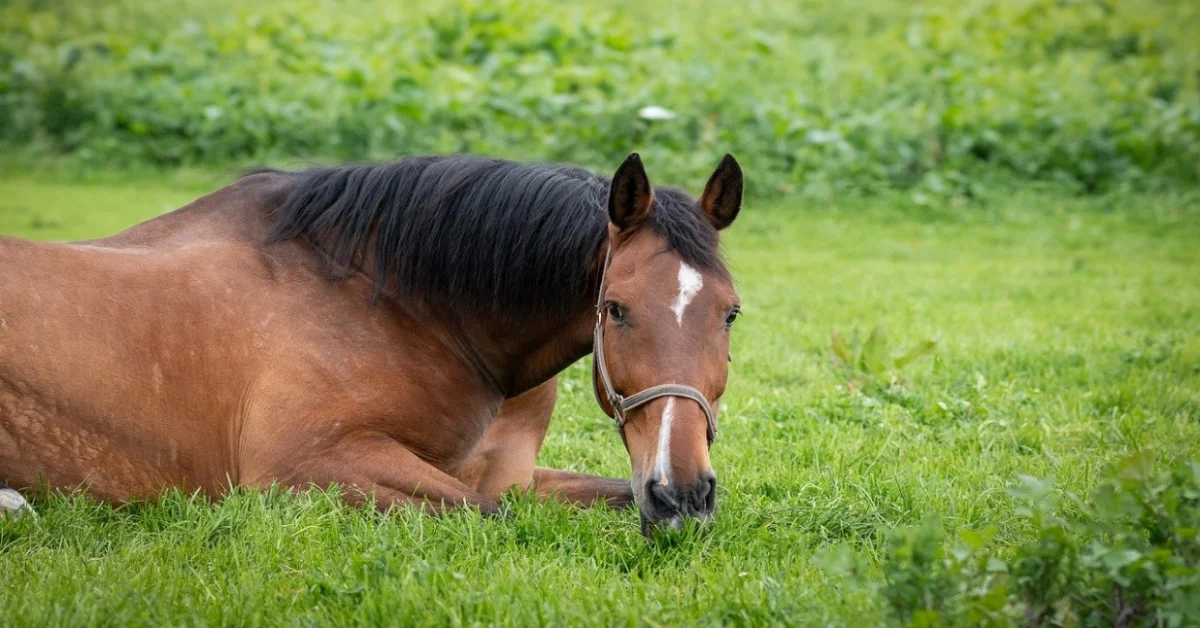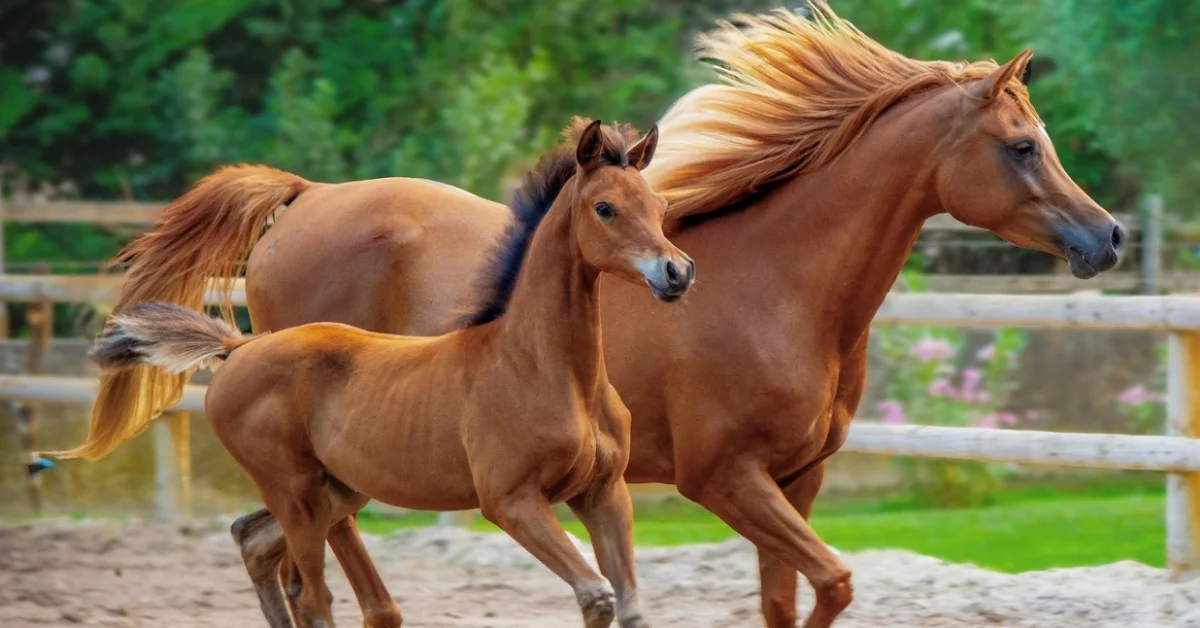Horse
Horses, members of the Equidae family, have a rich evolutionary history spanning 50 million years. From the small, dog-sized Eohippus to the modern Equus, their lineage adapted to changing environments and predatory threats. Fossil records reveal a complex web of branching species, with significant anatomical changes reflecting shifts from forest to prairie habitats. Now, let’s explore the lifespan of these remarkable creatures.
Horse Facts Overview
| Height: | 4.5–6 ft |
| Length: | 7–8 ft |
| Weight: | 400 to 1,000 kg |
| Top Speed: | 55 mph |
| Food: | Grass, hay, grains |
| Color: | Black, brown, gray, white, etc. |
| Location: | Worldwide |
| Predators: | Humans, wolves, big cats |
| Lifespan: | 25–30 years |
| Habitat: | Grasslands, plains |
| Gestation: | 11 months |
Interesting Facts
Horses have a unique anatomy adapted for grazing, with a small stomach and large hindgut for fermenting fibrous material. Their teeth continually erupt, allowing for wear from their natural diet. With 205 bones, horses’ skeletal system provides support and protection. Their respiratory system includes a distinctive guttural pouch, enabling efficient breathing but limiting their ability to vomit or pant.
Description
Horses come in over 200 breeds worldwide, all classified under Equus caballus. Their diverse appearances result from selective breeding for specific traits. Coat colors range from chestnut and black to gray and roan, with some horses displaying spotted or pinto patterns. Horses are measured in “hands” from ground to withers, varying from 5 to 19 hands tall.
Characteristics
Horses exhibit a wide range of coat colors and patterns, determined by complex genetic interactions. The primary base colors are chestnut, black, and bay, with variations arising from dilution genes and modifiers. Unique patterns like appaloosa and pinto add further diversity. Coat color not only contributes to a horse’s aesthetic appeal but can also provide insights into its ancestry and potential health considerations.

Distribution
Horses, both wild and domesticated, can be found across various environments worldwide. Their adaptability has allowed them to thrive in diverse habitats, from grasslands to forests. While feral herds roam freely in some regions, domesticated horses are widely distributed due to human intervention.
Lifespan
Horses typically live between 25 to 30 years, with some reaching 40 or more. Factors like breed, care, and genetics influence longevity. Domestic horses often outlive their wild counterparts due to better nutrition and veterinary care. Regular health check-ups, proper diet, and exercise contribute to a horse’s extended lifespan.
Predators
Horses, despite their size and strength, face threats from various predators in the wild. Large carnivores like wolves, mountain lions, and bears are the primary predators of horses. In some regions, wild dogs and coyotes may also pose a threat, particularly to foals or weakened adults. Human activity, including hunting and habitat destruction, has become a significant indirect predator of wild horse populations.
Habitat
Horses thrive in diverse environments, from open grasslands and prairies to woodlands and mountainous regions. Their adaptability allows them to survive in various climates, from temperate to subtropical zones. Wild horses prefer areas with ample grazing opportunities and access to water sources, while domesticated horses can adapt to human-managed environments like pastures and stables.
Diet
Horses are herbivores, primarily grazing on grasses and other vegetation. Their digestive system is designed for continuous grazing, with a small stomach and long intestines. A typical horse diet includes hay, pasture grass, and sometimes grains or supplements to meet their nutritional needs. Proper hydration is crucial, with horses consuming up to 25 gallons of water daily.
Behavior
Horses are social animals with complex behaviors. They communicate through voice, body language and facial expressions. In herds, they establish hierarchies and form strong bonds. Horses are known for their flight response to danger, but they can also show curiosity and playfulness. Their intelligence allows them to learn and respond to human cues.
Reproduction
Horses typically reach sexual maturity between 18 months and 2 years of age. Mares have a 21-day estrous cycle and are seasonally polyestrous, with peak breeding occurring in spring and summer. Gestation lasts approximately 11 months, usually resulting in a single foal. Mares can give birth standing up, and foals can stand and nurse within hours of birth.
Scientific Classification
| Kingdom: | Animalia |
| Phylum: | Chordata |
| Class: | Mammalia |
| Order: | Perissodactyla |
| Family: | Equidae |
| Genus: | Equus |
| Scientific Name: | Equus ferus caballus |
Animals for You
References
1. Horse Wikipedia Article – https://en.wikipedia.org/wiki/Horse

